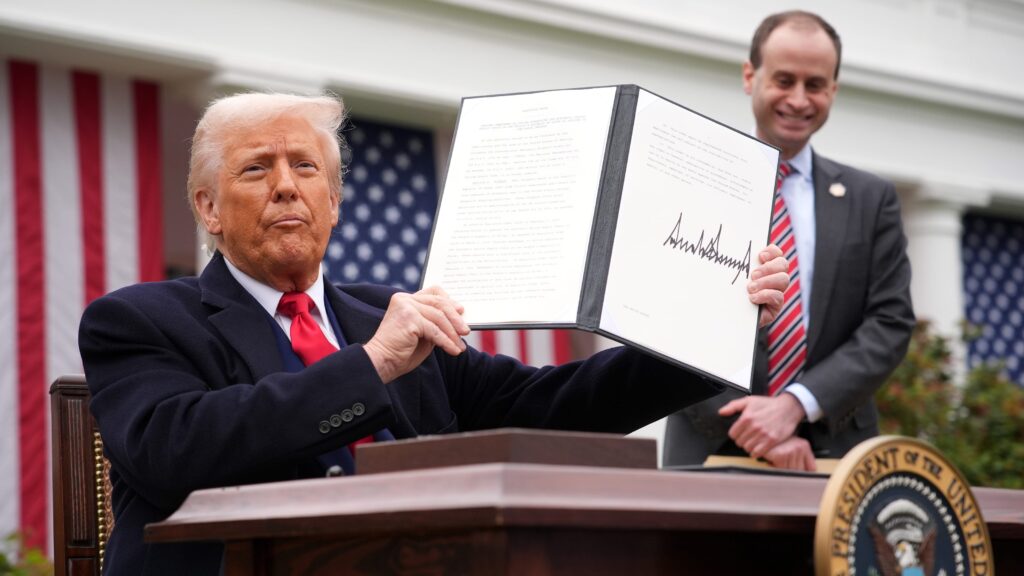Donald Trump (2025) began his term with a 41% approval rating, focusing on reducing the federal government’s size through the Department of Government Efficiency. However, his administration faced economic challenges due to tariff threats and rising grocery costs. Notably, Trump issued 137 executive orders within his first 100 days in office.
In contrast, Joe Biden (2021) started with a 52% approval rating and prioritized fighting COVID-19 through a nationwide effort. Despite successes in this area, his administration grappled with mass shootings, police violence against Black individuals, and a surge in migrants at the southern border. Additionally, Biden faced difficulties garnering Republican support for key proposals like the $1.9 trillion COVID-19 rescue plan and a $2.3 trillion jobs and infrastructure plan.
Looking back at previous administrations, Donald Trump (2017) began with a 43% approval rating, notable for confirming Neil Gorsuch for the Supreme Court but facing setbacks like the failed repeal of the Affordable Care Act. Barack Obama (2009) enjoyed a 65% approval rating, passing a stimulus bill and expanding children’s healthcare despite setbacks like the withdrawal of a key nominee. George W. Bush (2001) started with a 62% approval rating, focusing on tax cuts but facing criticism for security lapses before the 9/11 attacks. Bill Clinton (1993) faced controversies over military policies and staffing decisions despite a 55% approval rating.
Overall, each administration faced unique challenges and successes, shaping their presidencies and public perceptions.

